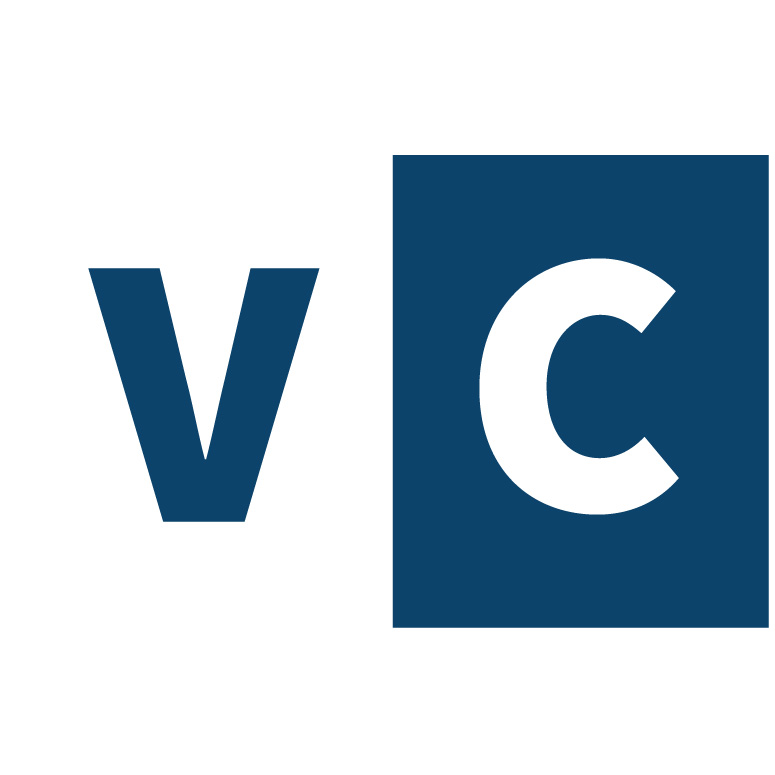Episode #55. Activating Change is Harder Than Prescribing It: A Conversation with Nellie Wartoft

How can businesses successfully navigate the relentless pace of change without alienating employees? Why do so many change initiatives fail, and what role does communication play in driving successful transformations?
In this episode of the Value Creators Podcast, Hunter Hastings speaks with Nellie Wartoft, founder and CEO of TigerHall, about a revolutionary approach to organizational change—change activation. Nellie explains how businesses can move beyond outdated, top-down “change management” processes to foster bottom-up, action-driven change that engages employees and aligns with company culture.
Key insights include:
- Why employees resist change when they lack a voice and feel excluded from the process.
- How TigerHall uses data, personalization, and modern content formats (videos, podcasts, live streams) to activate change effectively.
- The importance of two-way feedback loops, real-time insights, and ongoing execution to drive agile, impactful transformations.
- Why culture is defined by who you hire and how behaviors are rewarded and recognized.
For leaders seeking to address change fatigue, retain top talent, and create agile organizations, this episode provides a roadmap to activate meaningful and lasting transformation.
Resources:
Discover how TigerHall helps businesses navigate change in a human, engaging, and data-driven way.
The Executive Council For Leading Change
Connect with Nellie Wartoft on LinkedIn
➡️ Learn What They Didn’t Teach You In Business School: The Value Creators Online Business Course
Connect with Hunter Hastings on LinkedIn
The Value Creators on Substack
Knowledge Capsule:
1. The Growing Challenge of Change in Organizations
- Employees now face significantly more change, increasing from 1 major change per year in 2014 to around 14 changes annually today.
- Frequent changes, including reorganizations, technology implementations, and leadership transitions, create “change fatigue,” reducing employee engagement.
2. The Change Activation Gap
- Most change initiatives fail due to ineffective execution, not poor planning or strategy.
- The change activation gap occurs when organizations fail to implement change through proper communication, capability building, and cultural alignment.
3. The Natural Human Reaction to Change
- People’s initial response to change is caution, often mistaken for resistance.
- If employees feel involved, heard, and empowered, they are far more likely to embrace change rather than reject it.
4. Top-Down vs. Bottom-Up Change
- Change imposed in a top-down manner tends to alienate employees, leading to resistance and disengagement.
- Successful change happens “with the organization,” where employees are active participants, rather than “against it.”
5. Change Activation as Action-Oriented
- Change activation focuses on execution rather than static plans or PowerPoint strategies.
- It relies on ongoing experimentation, two-way feedback loops, and real-time data to guide effective actions.
6. The Role of Leadership in Change
- Leaders play a guiding, influencing, and coordinating role rather than “managing” the change process.
- Unified messaging from leadership is crucial to avoid confusion and ensure alignment across the organization.
7. Giving Employees a Voice
- Employees are more likely to support change when they feel heard and valued.
- Feedback mechanisms, even if not acted upon directly, create trust and improve employee perceptions of leadership.
8. TigerHall’s Role in Driving Change Activation
- TigerHall is a software platform designed to facilitate change activation through engaging communications, capability building, and cultural transformation.
- It leverages modern communication formats like videos, live streams, and podcasts to replace outdated emails and PDFs.
9. Data-Driven Change with Real-Time Insights
- TigerHall enables dynamic audience targeting based on time, activity, and sentiment analysis.
- Leaders can monitor execution, employee feedback, and problem areas in real time, enabling agile decision-making.
10. Culture as a People-Centric Concept
- Organizational culture is primarily defined by hiring decisions, behavior rewards, and leadership actions.
- Transforming a company’s culture requires hiring the right people and strong leadership that embodies desired values.
11. Specialization in Change and Transformation Roles
- Change and transformation leaders are increasingly specialized, possessing strong problem-solving, influencing, and communication skills.
- The role is less about rigid frameworks and more about agility, adaptability, and collaboration.
12. Modern Communication in Change Activation
- Content must be targeted, engaging, and delivered in formats that employees use daily, such as podcasts and videos.
- Personalization and automation ensure that the right message reaches the right people at the right time.
Show Notes:
0:00 | Intro
2:02 | Change is the Only Constant: The Concept of Change Management in Corporate America and Its Challenges
4:57 | Increasing Frequency of Changes Employees Face and its Impact on Engagement
5:35 | Subjective Value
8:39 | Change Activation and its Importance Over Traditional Change Management.
13:04 | Change with the Organization
14:42 | Overview of TigerHall’s Platform and its Features for Driving Change Activation.
18:12 | TigelHall’s Content Creation Process
20:42 | Dynamic Audience Group: Targeting messages
22:09 | Value Creators Online Course
23:22 | AI-driven targeted messaging
24:16 | Self Selection
25:26 | Success Story and the Role of Culture in Change Management and its Challenges
29:19 | Giving Individuals a Voice
31:37 | Culture
34:49 | The Flow Concept: Future of Change Management and the Need for Adaptable Professionals
37:52 | Training People with Special Skills and Experience
40:40 | Wrap-Up


Responses